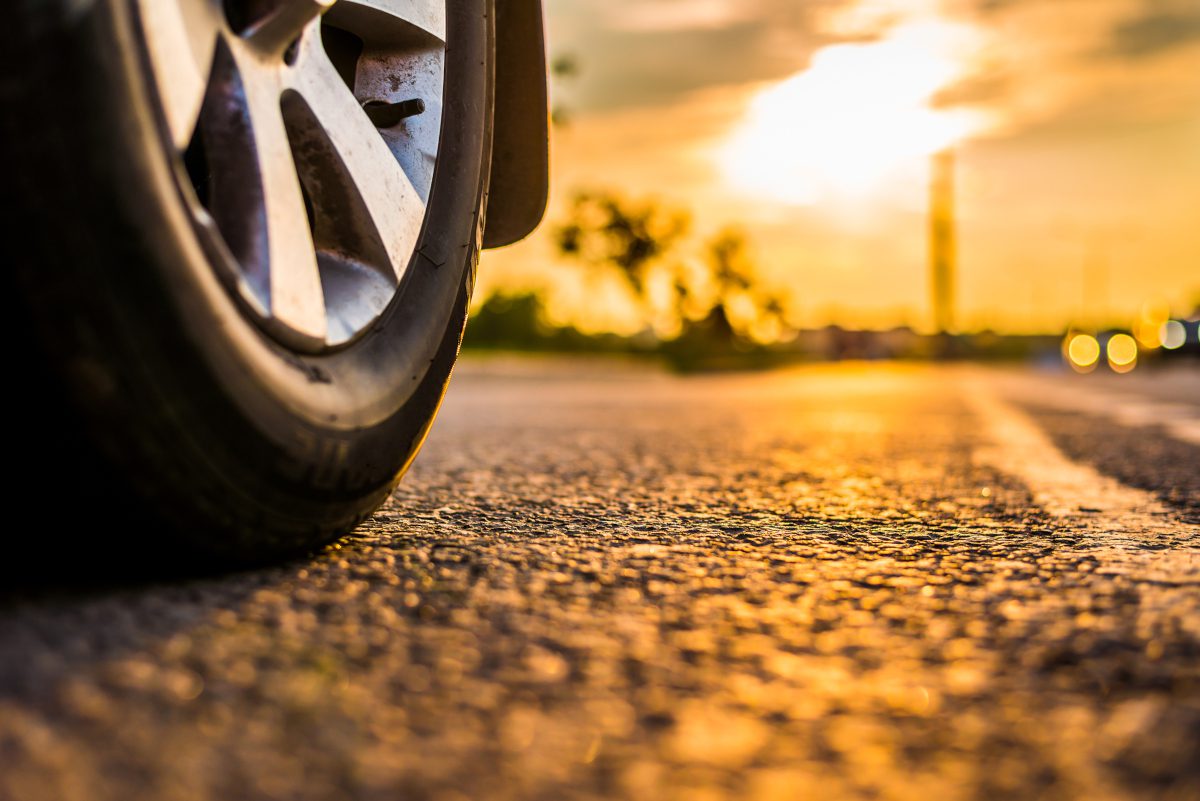
A new online tool highlights where opportunities exist to install nature-based solutions, such as wetlands, to tackle road runoff pollution before it ends up in London’s rivers. It has gone live today (16 October 2023).
The seriousness of UK river pollution has come to widespread notice, especially in the last couple of years. Sources include sewer overflows, littering and misconnected drains. Pollution from roads also adds to this cocktail of pollution. Road runoff occurs when pollutants settle on the surface of the road, such as residue from oil spills, as well as tyre and brake wear from vehicles. These build up during dry weather and are then washed into rivers and streams when it rains.
The online tool will help decision makers to prioritise the right water quality improvement interventions:
- in greenspaces that lie between the road and the river,
- at road locations in Outer London where surface water drains to the rivers; and
- on London’s main strategic road network (includes Transport for London’s roads and some sections of National Highways’ and local authority roads)
The development of the tool builds on years of research by environmental charity Thames21 and its partners Middlesex University and the South East Rivers Trust. The charity started its initial road runoff project identifying key polluting London roads in 2019, with help of funding from the Mayor of London, Transport for London, and the Environment Agency. The British Geological Survey built the online decision support tool ‘Road Pollution Solutions’ and provided some additional support through the UKRI NERC-funded CAMELLIA project.
Road runoff pollution in rivers and streams comes from spills of oil, diesel and petrol, and from the wearing of roads, tyres and braking systems, which are left as residues and sediment that are then washed off the roads by rain and flushed into waterways. By providing a natural barrier and filter via nature-based solutions, some of this road runoff pollution can be captured and prevented from entering rivers in the first place. There should also be a focus on addressing the sources of the sediment and oil.
Modelling has shown that 2,415 road sections covering a total of 451.43km of London’s roads that were modelled pose a high risk of causing road runoff and are therefore a priority for treatment to help prevent pollution entering rivers. Roads where heavy goods vehicles regularly apply their brakes are often the worst affected.
The London boroughs that contain roads with the highest concentration of ‘predicted’ pollutants are listed below. This data correlates to road sections that are receiving high volumes of traffic.
- Barking and Dagenham
- Barnet
- Havering
- Haringey
- Waltham Forest
Working in partnership, authorities responsible for these roads could intervene with providing nature-based solutions around these areas to help make runoff cleaner and improve water quality in local rivers and watercourses.
Tackling high pollution levels is a serious challenge for authorities across the UK, but road runoff pollution is often seen as a ‘Cinderella’-type of pollution, as it doesn’t get the media attention that sewage or agriculture pollution tends to get.
It is hoped that the online tool will be replicated in other parts of the country prone to road runoff pollution to protect rivers and improve water quality.
John Bryden, Head of Improving Rivers at Thames21said: “Pollutants from road runoff are having a devastating impact on aquatic wildlife, including killing off fish. As more people look to London’s rivers for recreation, we all need to up our game.
“Strategically-placed sustainable drainage systems such as wetlands or swales can be an excellent way to reduce road runoff pollution, reduce flood risk and improve the urban environment for wildlife and for people.
“So, it’s extremely important that we have worked in collaboration with our partners on this pioneering research and on developing this new tool.
“We hope this tool will be helpful to authorities responsible for the roads in London, and others, to help them to reduce runoff pollution, in order to improve our water quality and the health of our rivers. There is also potential for this tool to be replicated across other locations in the UK in order to help others improve our waterways.”
Government agencies and departments that oversee road runoff pollution have faced severe cuts in recent years. The Government must step up to provide the highways authorities and the Environment Agency with the appropriate funding in order for them to boost their investment in capturing pollutants at source and nature-based solutions to properly protect the capital’s rivers.
Thames21’s pollution tool, funded by the Mayor, builds on the first phase of work in 2019 and will provide Highways Authorities with a toolkit to address the significant risk from road run-off to the health of London’s rivers”.
Alex Williams, Chief Customer & Strategy Officer at Transport for London said, “This report highlights the importance of road runoff as a contributor to pollution entering watercourses in London. TfL is working hard on encouraging a shift to more sustainable and cleaner forms of travel, which will reduce the amount of road runoff pollutants being created in the first place. For example, we have expanded the Ultra Low Emission Zone to discourage polluting vehicles, are investing in Healthy Streets schemes, and run a world- class public transport network. But there is more we need to do to avoid any remaining road runoff pollution entering watercourses. Our Adaptation Plan includes a SuDS target that we’re on track to meet this year, and we have made SuDS the default drainage solution for our schemes. We look forward to using this tool to help us identify where SuDS schemes would be most likely to be effective.”







